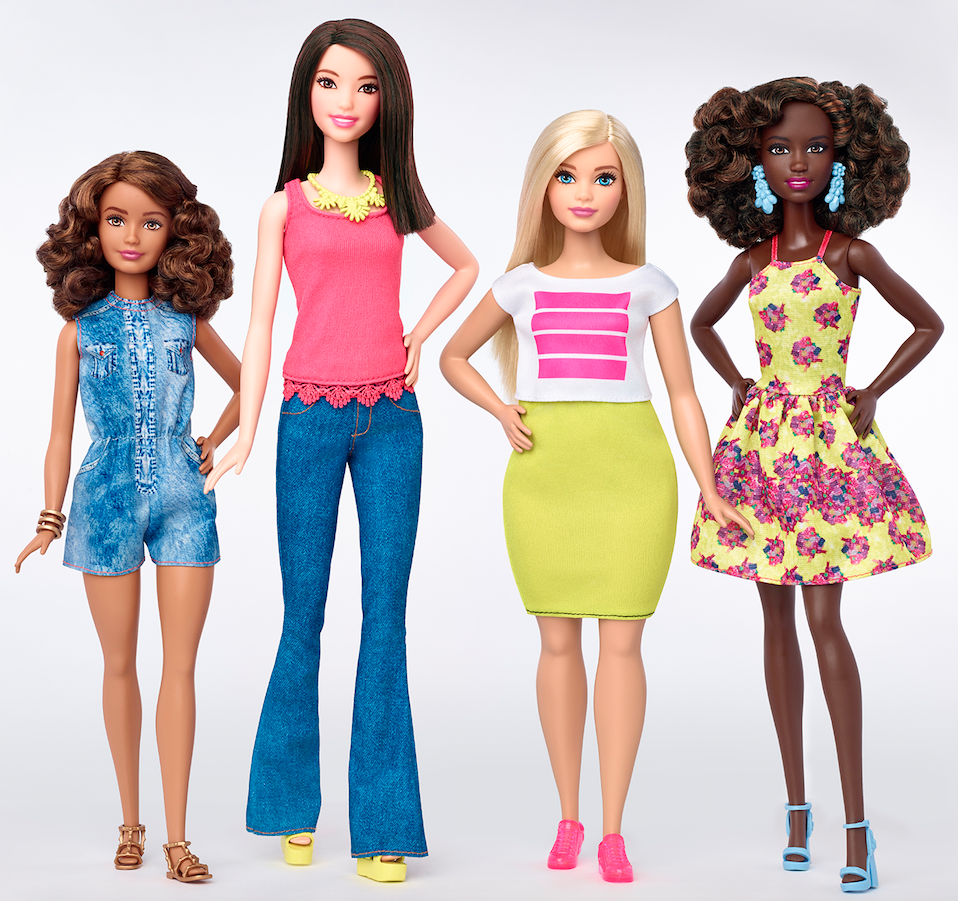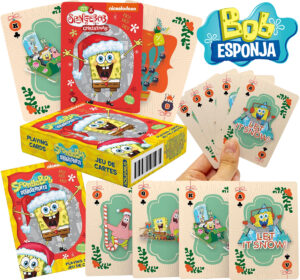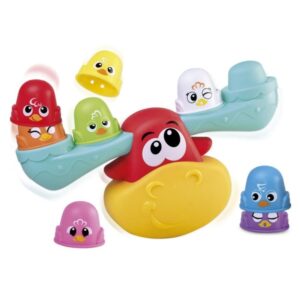
Mattel hit the headlines earlier this year with the news that Barbie was getting a range of new body types. Billy Langsworthy speaks to Kim Culmone, vice president of Barbie design at Mattel, about whether the doll market has a greater responsibility today to faithfully represent women in all their different shapes and sizes.
Arguably one of the biggest stories of the year so far has been Mattel’s announcement that after 57 years, Barbie was to get three new body types.
The original model has been joined by tall, petite and curvy versions in a move that even resulted in Barbie gracing the cover of TIME magazine, alongside the headline ‘Now can we stop talking about my body?’
And after years of being hit by accusations that the original model didn’t promote a healthy body image (analysts have claimed the average US female would need to grow two-feet in height, shrink six-inches from her waist, and balloon five-inches in her bust to achieve the same curves as Barbie), you can hardly blame Barbie (and Mattel) for wanting to put the issue to bed.
But why make the move into realistic body shapes now? It seems the power of social media is once again responsible.
“As with any 57 year old brand, to stay relevant, evolution, change and reinvention are necessary,” Kim Culmone, vice president, Barbie design at Mattel, tells ToyNews.
“Also, the world we are living in is progressing at a much more rapid pace. Consumers now have a more powerful voice than ever because of social media. Millennials, specifically parents, are more loyal to and aligned with brands that lead with their purpose.
“Additionally, the world our girls live in is diverse and one that celebrates our differences. Girls want to express their individuality through everything from their interests to their toys.
“All these components and more have played a part in why now is the right time to add more diversity into the range.”
Culmone has worked on the Barbie brand for over 17 years and led the design team at Mattel in the creation of Project Dawn, the name the firm gave to the introduction of the new body types in the Barbie line.
Having been on the brand for almost 20 years, Culmone has long faced questions from the public about Barbie’s body image in a way that no other doll, or toy, has faced.
The debates have covered a lot of ground in the last few years. While some argue that Barbie’s proportions set the wheel in motion for young girls’ future insecurities, others state that she’s just a toy and not necessarily intended to be held up as a beacon of authenticity when it comes to the discussions around the female form.
In fact, in an interview with FastCoDesign back in 2014, Culmone stated: “Barbie’s body was never designed to be realistic. She was designed for girls to easily dress and undress.
She added: “This is a 55-year-old brand where moms are handing clothes down to their daughters, and so keeping the integrity of that is really important. Unless for some reason in the future, there’s a real reason to change the body – because of either a design imperative or functional imperative – heritage is important to us.”
So why the change in stance? Does the doll market of 2016 have a greater responsibility than perhaps in previous years to faithfully represent women in all their different shapes, sizes and ethnicities to young girls?
Culmone reveals that the change in tact regarding Barbie’s body came following a moment where the folks at Mattel “took a hard look at ourselves.”
“Two years ago we started an exploratory journey on the brand,” says Culmone.
“We took a hard look at ourselves and a hard look at insights. We learned that while Barbie remained the number one fashion doll in the market, she stood for more functional benefits versus a deeper meaning or emotional benefit.
“Those insights lead us to realise that we need to remind mum about the purpose and power of Barbie – that through open ended play, storytelling and imagination girls can imagine everything they can become through Barbie. Changing the body hopefully removes a barrier, allowing parents to see the brand for what it is, not just what it looks like.”
Culmone tells ToyNews that she played with her Barbie doll everyday when she was younger, and she was also a fan of Hot Wheels, so perhaps a career at Mattel was written in the stars.
But did all that time spent playing with the doll in her original form give the current VP of Barbie design insecurities around her own body image or set her expectations around issues of ‘beauty’, as Barbie’s former critics would claim.
“No, I don’t believe Barbie shaped my attitudes about body image,” states Culmone.
“At that age I didn’t see Barbie in that way. That’s much more of an adult filter. For me Barbie was all about the stories I could tell, as well as dressing her up and figuring out which outfit for Barbie to wear.”
In the past, consumers and publications attacking Barbie have come out citing scientific findings such as ‘Barbie’s body size in real terms only has room for half a liver’, but the authenticity of Ken’s shape (and its effect on his internal organs) has come through largely unscathed.
It’s something Culmone puts down to a wider social obsession with scrutinising the female form, while similar issues for men tend to get ignored by the mainstream media.
“Historically, women and female images have been subject to body scrutiny in general, but what is important to note is that girls experience Barbie differently than adults,” adds Culmone.
“They see the possibilities that Barbie offers them through play. We believe Barbie should reflect a broader view of beauty. These new dolls are about more than just physical appearances. Introducing a more diverse set of dolls allows for more storytelling possibilities.”
And perception is the key here. While adults are driving notions of what harm certain toys and games could be doing to children, the kids themselves of course rarely throw their two cents in on the issues.
But whether or not these new body types will impact on how a new generation of young girls view themselves, the move from Mattel is just one cornerstone of the firm’s ongoing strategic focus on product innovation.
“Barbie has always evolved with the times and we are excited about continuing to expand our line with diversity in every aspect of our dolls from occupation to skin tone and shape,” says Culmone.
“Our hope is consumers like what we are doing and continue to connect with the brand.”
And as more spoof ‘dad-bod’ Ken doll images land online, will we see six-pack insecurities trump the thigh gap thanks to a new line of Ken body types?
“At this point, we are excited to introduce our three new female dolls and our hope is to expand body variety into other segments for the brand,” is all that Culmone can say on the matter.


